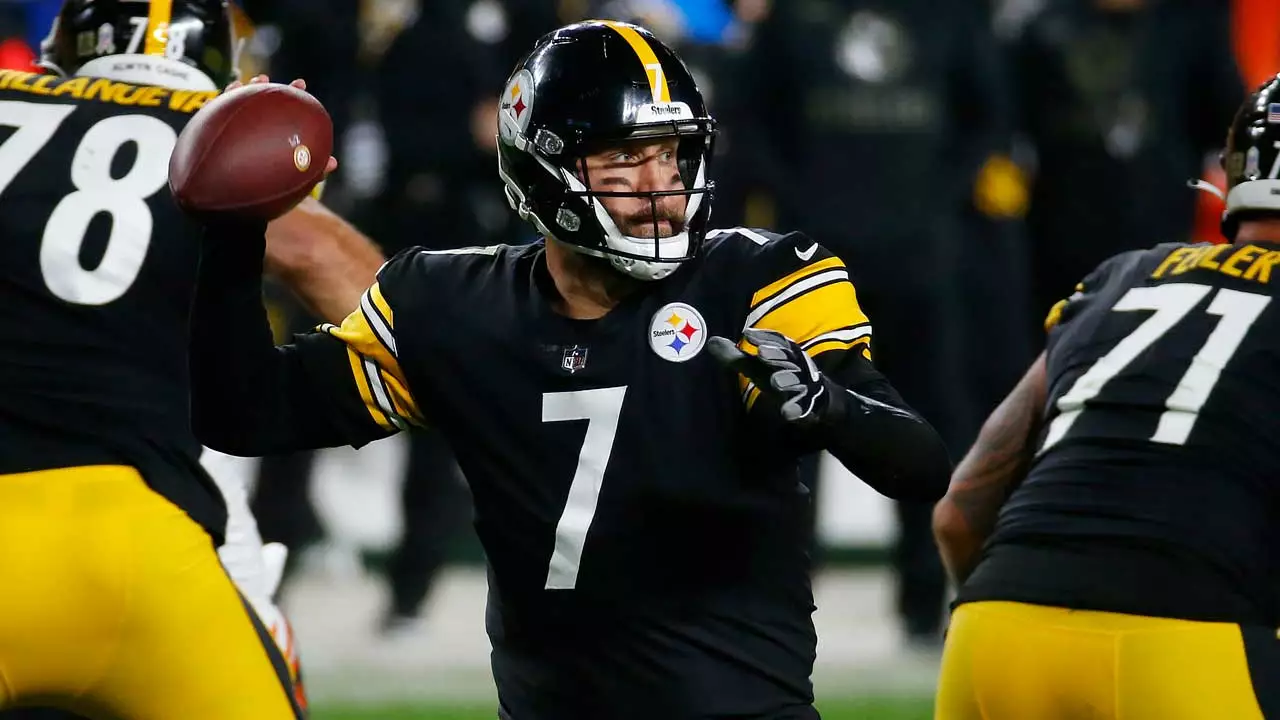NFL – Everything You Need to Know
When talking about NFL, the premier professional league for American football in the United States. Also known as National Football League, it brings together 32 franchises, billions of viewers, and a culture that shapes the sport worldwide.
The American football, a contact sport played with an oval ball on a rectangular field is the core product of the NFL, and the league structures its season around a 17‑game regular schedule, playoffs, and the Super Bowl, the championship game that decides the league winner each February. The Super Bowl isn’t just a game; it drives advertising revenue, launchpads music performances, and countless social conversations. When you hear fans hype up the Super Bowl, they’re really talking about a cultural event that boosts the NFL’s global profile.
How the NFL Organizes Talent
One of the most distinctive mechanisms the league uses is the NFL Draft, an annual event where teams select eligible college players to join the league. The draft ensures a competitive balance by giving weaker teams early picks, which in turn fuels the next generation of stars. This process links directly to team building: each franchise—whether it’s the New England Patriots, Dallas Cowboys, or Kansas City Chiefs—relies on draft success, free‑agency moves, and coaching decisions to stay in contention.
Understanding the league also means knowing the role of NFL teams, the 32 franchises spread across major U.S. cities, each with its own fan base and identity. Teams differ in market size, stadium capacity, and historical success, but they share common rules: salary caps, roster limits, and a shared commitment to the sport’s integrity. Fans follow their local club, debate player performances, and track season‑long storylines that culminate in the playoffs.
The NFL’s influence stretches beyond the field. Broadcasting deals with major networks, streaming platforms, and international partners turn each game into a worldwide event. Merchandise sales—jerseys, caps, and collectibles—are driven by the league’s branding and the personal appeal of its players. Moreover, the league’s community programs, from youth football camps to charitable foundations, embed the sport into everyday life across the country.
From a strategic view, the NFL requires strong governance, rigorous health protocols, and adaptable marketing. The league continuously updates safety rules to protect players, while also embracing technology like instant replay and data analytics to improve decision‑making. These elements together create a dynamic ecosystem where sport, business, and entertainment intersect.
Below you’ll find a curated collection of articles that dive deeper into each of these areas. Whether you’re curious about the history of the Super Bowl, want a breakdown of the latest draft class, or are looking for insights into how specific NFL teams operate, the posts below have you covered. Ready to explore? Let’s get into the details.
What is the point of a signing bonus in the NFL?
The point of a signing bonus in the NFL is to entice potential players to sign with a specific team. It's a lump sum of money given upfront as part of a player's contract, usually in addition to their annual salary. Not only does a signing bonus sweeten the deal for players, but it also provides some financial security as it's guaranteed, even if the player gets injured or cut from the team. However, it's important to note that it increases the team's salary cap. To me, it's a strategic move, balancing player attraction with financial implications.
